Our guide to secret old temples that are still primarily off the beaten road will help you see how ageless these forgotten sites of worship are. These secret holy locations around the world offer a magnificent combination of history, spirituality and calm, without the crowds. If you love culture and want to visit places that aren’t well-known for their legacy, these are the spots for you. Prepare to see spiritual sites that few tourists ever see, like secret archaeological ruins and shrines in the mountains.
What are the benefits of visiting these hidden antique temples?
Leave the masses behind. Don’t waste your time waiting in line with a lot of other individuals who are snapping pictures at famous sites like Angkor Wat or the Taj Mahal. These lesser-known locales are great for thinking and having actual experiences.
Unique stories: There is a myth, legend or architectural wonder in every place that can make your travel story more interesting.
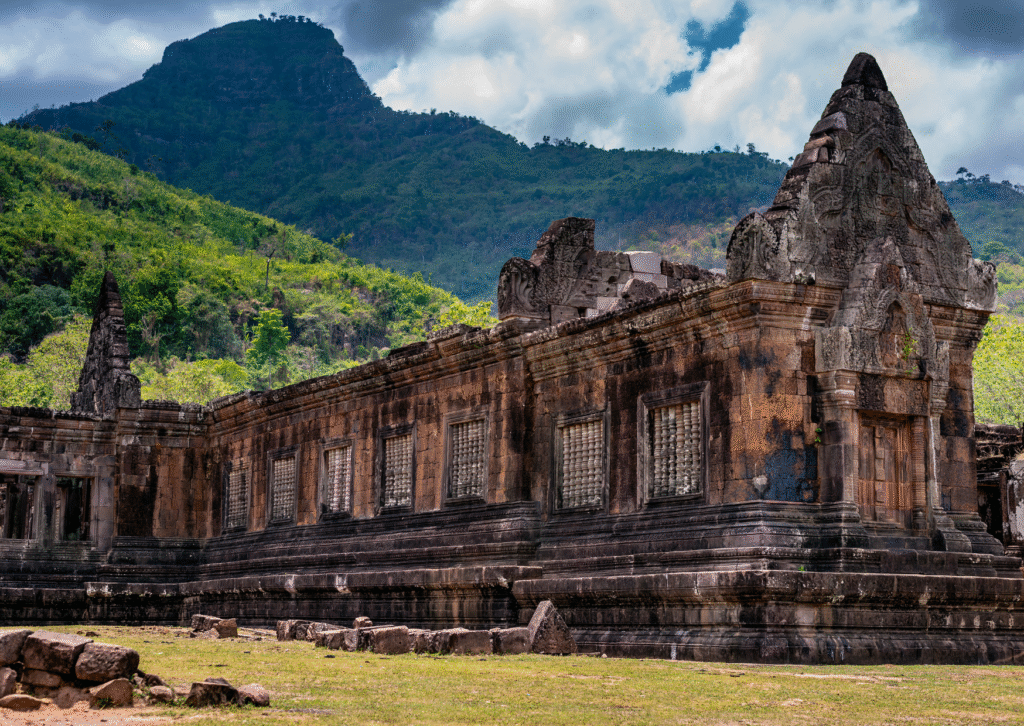
Wat Phou (Laos) is a Khmer temple
There is a Khmer temple complex called Wat Phou at the base of Mount Phou Khao in southern Laos. It has a legendary history. Cambodia’s Angkor is much more congested with international tourists than Wat Phou.
The temple was built in the 5th century and is now a UNESCO World Heritage Site. It has old Khmer-style prasats that were altered during the Angkorian period.
You can observe primarily unspoiled sanctuaries, calm terraces and antique carvings because it is so far from Champasak town.
The Mekong River and the lush jungle in the background make this a calm area to take pictures and think.
Key points
- The first Khmer buildings were tall stone structures with intricate carvings.
- Ruins shrouded in jungle: moss and vines growing over sandstone (a photographer’s dream).
- Local vibe: You can talk to Lao guides and experience local ceremonies that are silent.
More Advice
- Go between November and February, when the weather is dry for clearer skies and greater light.
- Take a boat ride on the Mekong for a full cultural experience.
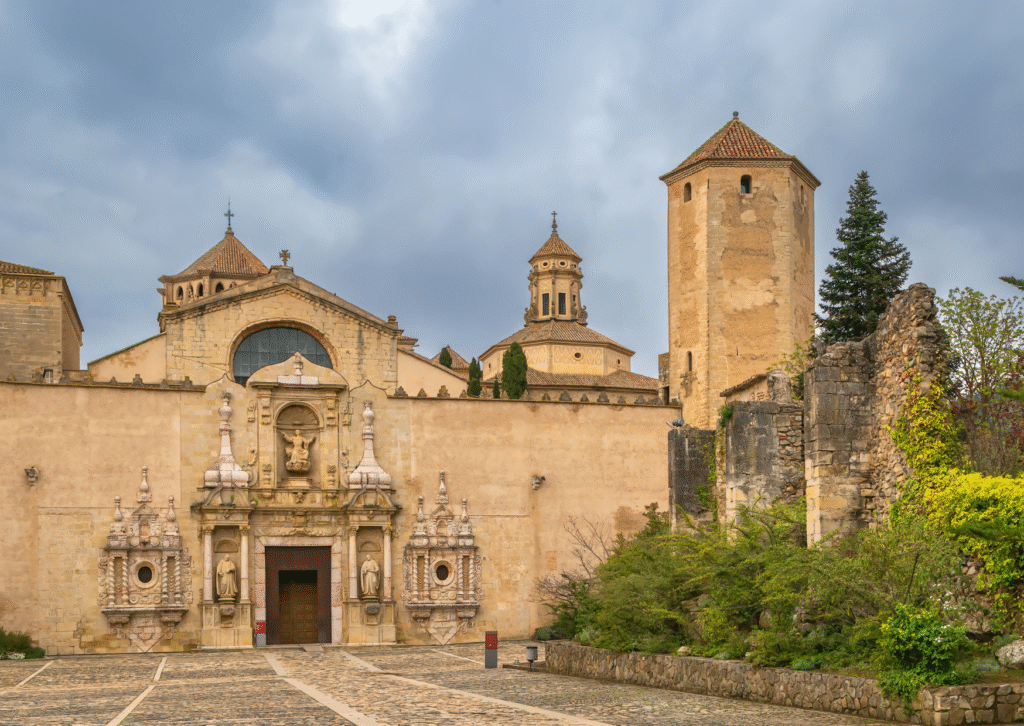
The Temple of Poblet in Spain, a Gothic Cistercian monastery
The UNESCO World Heritage site at Poblet Monastery isn’t as widely recognized as some of Spain’s other attractions. One of the biggest Cistercian abbeys in Europe is Castillo de Poblet which was built in 1151. Located in the Catalonia Prades Mountains.
This little medieval village sits in a tranquil woodland, far away from the noise of Madrid and Barcelona.
A holy place: the royal necropolis of the kings of Aragon and a working monastery.
There are many architectural beauties such as Gothic cloisters, abbey kitchens, royal tombs and gorgeously painted interiors.
Main Ideas
- Cross vaulting, a modest monastic design and magnificent stone carvings are all examples of Gothic architecture that distinguishes out.
- Royal tombs: A rare chance to see the graves of Catalan kings and queens from the Middle Ages.
- A lively spiritual life: See the monks silently chisel, pray and live in the monastic庭.
More Tips
- Visiting in the morning is cooler and quieter.
- For breathtaking vistas hike through the Prades Mountains.
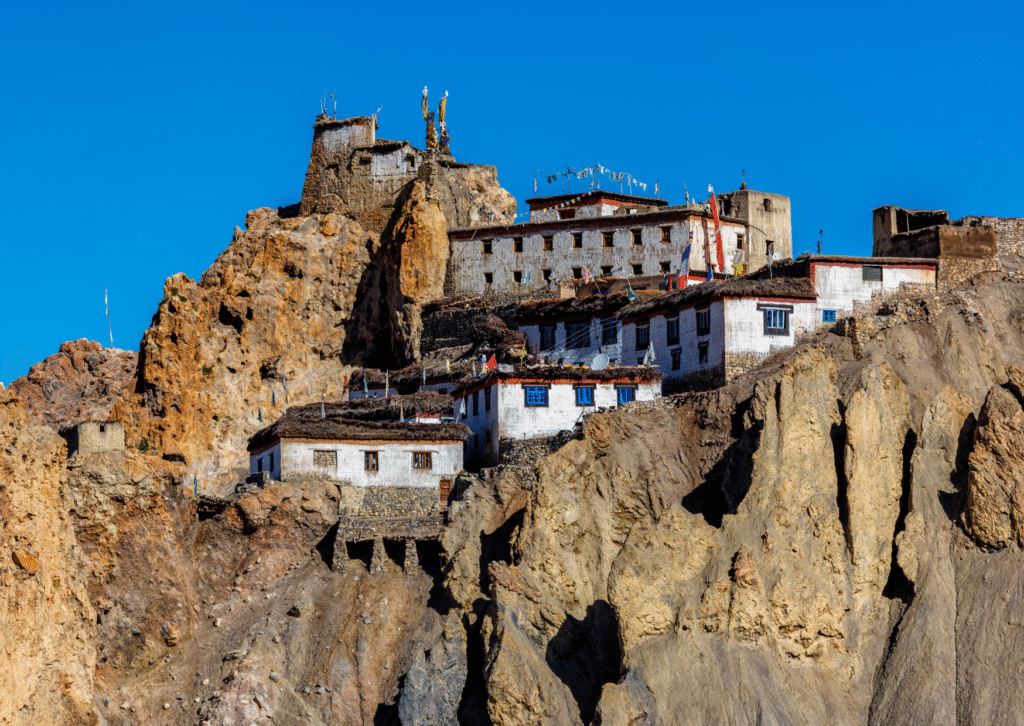
Dhankar Gompa, a Buddhist retreat in India
The Dhankar Gompa monastery is 1,000 years old and perched on the edge of a cliff in the Spiti Valley in Himachal Pradesh. It raises your spirits and has beautiful views.
Spiti Valley is less touristy than Ladakh’s monasteries and is a real Himalayan experience.
The gompa features historic frescoes, a library of Thangkas and manuscripts and a significant collection of Buddhist relics.
Take a walk around Dhankar Lake nearby to have a fantastic day.
Key Points
- A monastery that seems like it sprouts out of the rock is gorgeous and gives you chills.
- Old frescoes are faded murals that display art from the Himalayas.
- There aren’t many people here, only a few monks so it’s really quiet.
More Advice
- Travel in the late summer (June to September) when the roads are clear.
- If you want to learn more about Buddhist customs you might choose to hire a local guide.
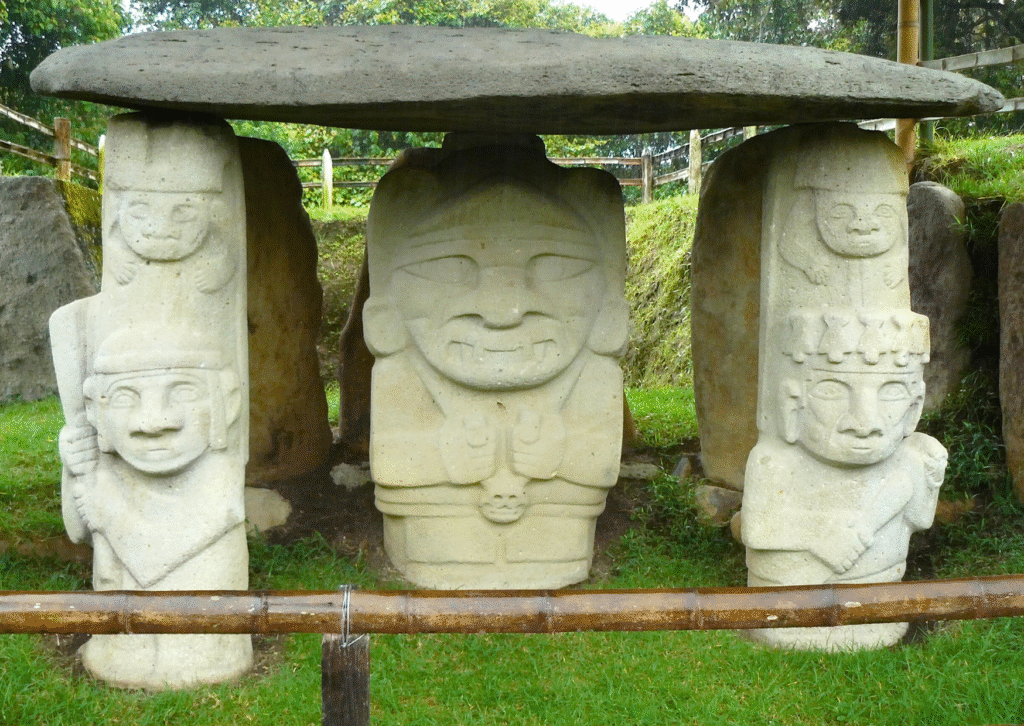
San Agustín Archaeological Park in Colombia
The world’s largest collection of religious monuments and megalithic sculptures from the mysterious pre-Colombian civilization located in San Agustín, Huila Department. Colombia’s usual tourism routes don’t get there.
Even though Colombia is on the UNESCO list, its rugged interior makes it a unique standout.
There are big stone statues, burial mounds, ceremonial altars and grave rooms.
Nestled amid the lush slopes of the Andes with a hike through forested areas.
Main Points
- Unique megalithic sculptures: Weird, eye-catching figures sculpted by cultures that are no longer around.
- Ancient burial sites: a look at strange rites.
- In the wild, you can walk through foggy valleys and lush sceneries.
Extra Tips
- Visits that are timed for the dry months (June to August) are the easiest to get.
- Add coffee region tours to make your trip longer.
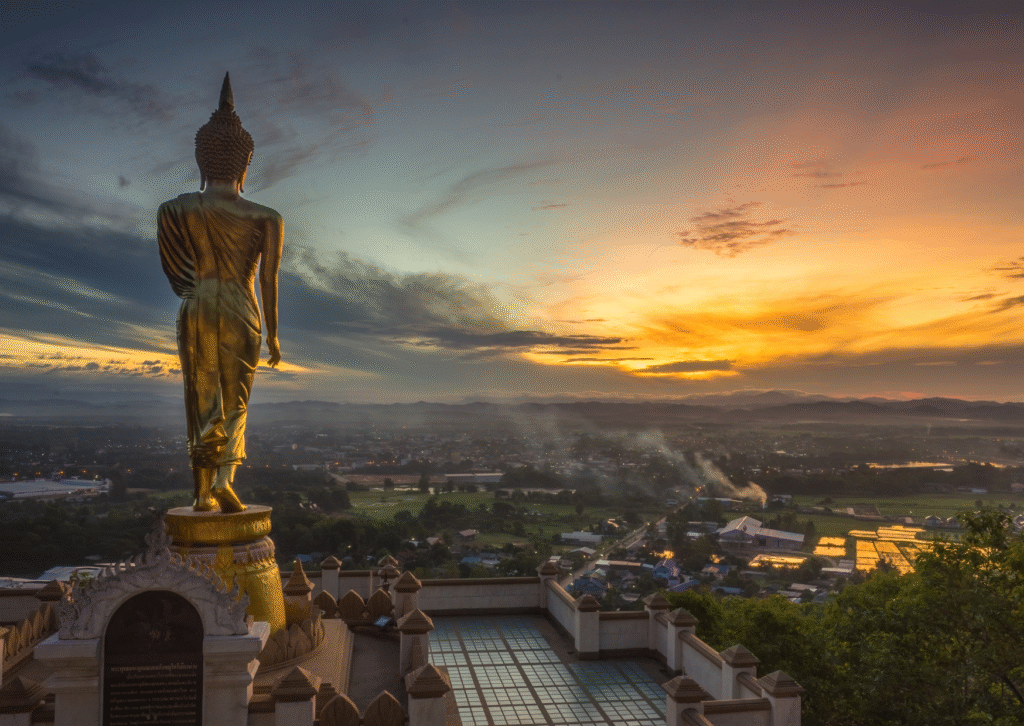
Wat Phu Kao Noi, Thailand
Bangkok and Chiang Mai are the main tourist destinations for temples in Thailand. Wat Phu Kao Noi, a small temple on a hill in Sukhothai Province, is not often included in standard trip plans.
Gives you a great perspective over the verdant rice fields and the ruins of Sukhothai below.
It serves fresh coconut juice and local snacks making it a peaceful place to think and watch the sun set.
Main Points
- Panoramic views of the sunset are a photographer’s or content creator’s dream.
- Local monastic vibe: a calm, simple place.
- Sun-dappled rice fields: A great place to capture the quiet of rural Thailand.
Extra Tips
- Come in the late afternoon for golden hour photos.
- Add Wat Phu Kao Noi to a bike loop that starts and ends at Sukhothai Historical Park.
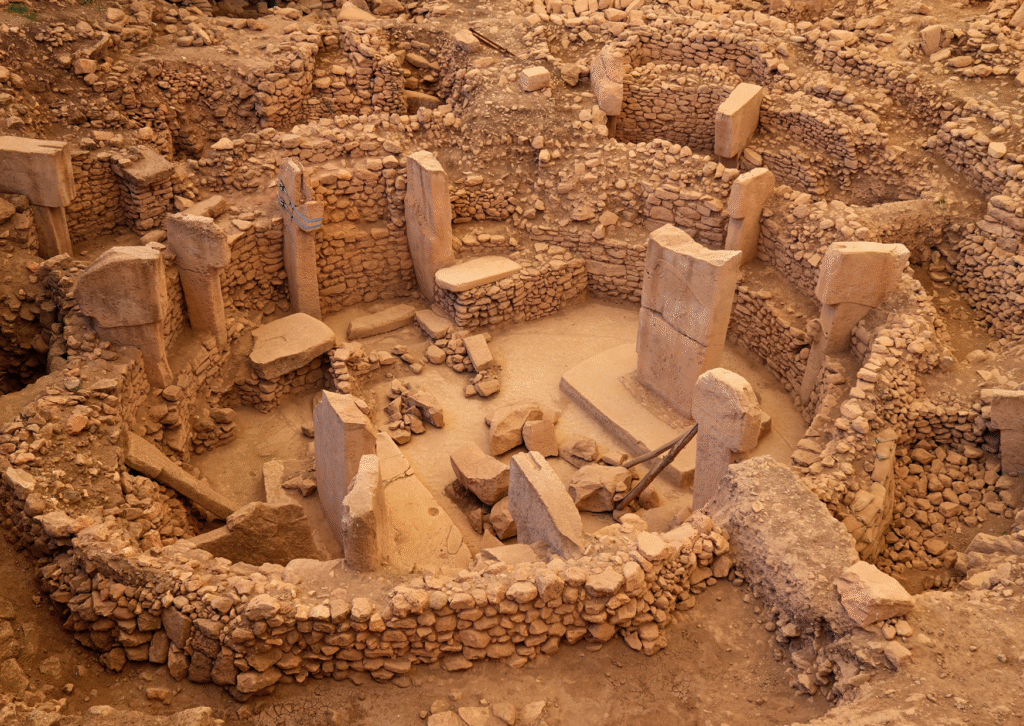
Göbekli Tepe in Turkey
Göbekli Tepe, near Şanlıurfa, is a prehistoric archaeological site with huge T-shaped pillars that date back to roughly 9,600 BCE. It is older than Stonehenge by thousands of years but it is still not well-known among tourists.
A place with a lot of historical significance that is slowly becoming popular with archaeology fans.
Remote Southeastern Turkey which is far from Istanbul’s tourism infrastructure gives the area a sense of digging and finding things.
Found rings of stone pillars with animal sculptures on them which provide us a glimpse into the oldest religious practices of humans.
Main points
- Millennial T-pillar rings are huge cut stones that are arranged in circles.
- Wildlife motifs like boars, foxes and scorpions carved into limestone are very symbolic.
- A temple built before people started farming is a unique origin narrative.
Extra Tips
- Take a guided trip from Şanlıurfa to learn more about the site’s history and significance.
- Add visits to Mount Nemrut which is close by for a bigger cultural trip.
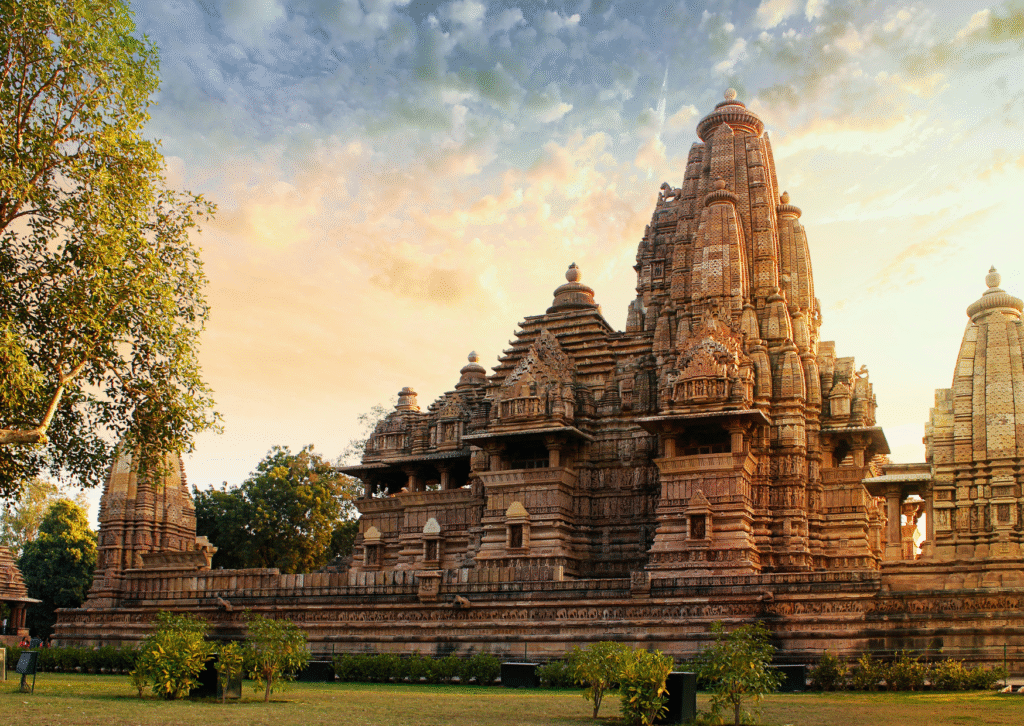
Temples of Khajuraho (India)
The famous Western Group of Khajuraho Temples draws crowds because of its sensual sculptures. The Eastern and Southern groups which are closer to Khajuraho town are quieter and less visited yet they have beautiful carvings and a spiritual allure.
The Eastern Group (like Parsvanath and Vamana) and the Southern Group (like Duladeo and Chaturbhuj) both offer quiet and personal experiences.
There are intricate stone carvings and sensual reliefs but there aren’t many people around so it’s a great place to think.
It’s close to the main complex, although tour buses generally skip it.
Main Points
- Mythological scenarios, everyday life and celestial entities sculpted with great care into detailed bas-reliefs.
- Quiet courtyards: Sit in peace among centuries-old holiness.
- Sculptural surprises: erotic art concealed in small temples off the beaten path.
Extra Tips
- Go in the early morning or before nightfall for cooler lighting.
- Hire a local guide to tell you stories about symbols and how artisans work.
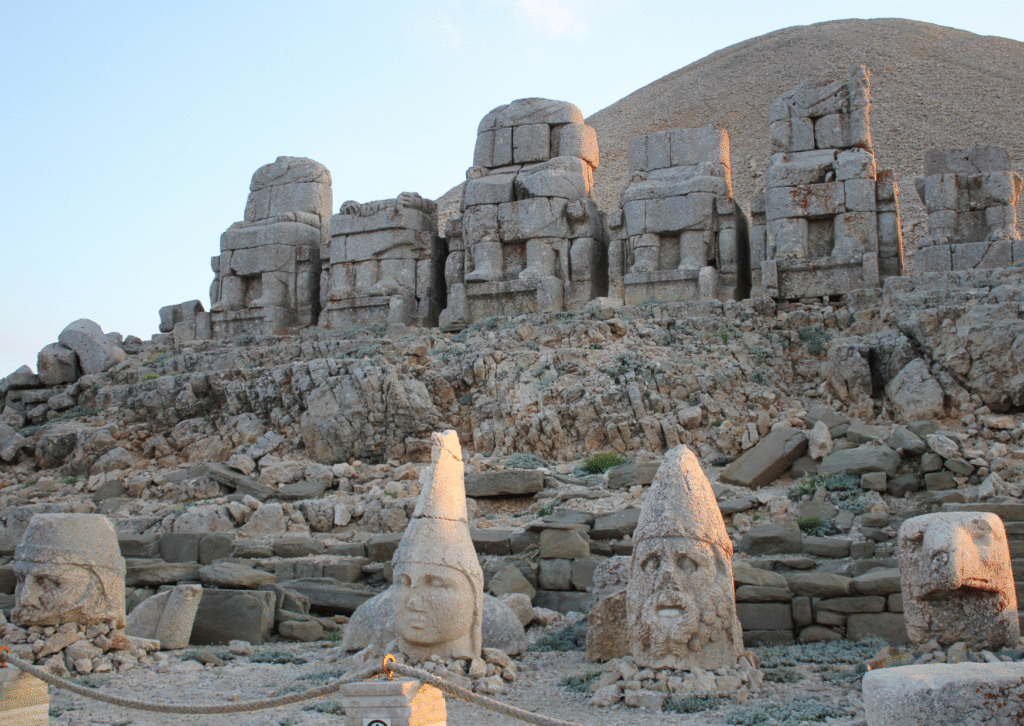
Nemrut Dağ Sanctuary in Turkey
Mount Nemrut in Turkey is a UNESCO World Heritage site that is still off the main route for many people because it is in a remote part of southeastern Turkey. It has huge stone heads of gods and rulers from the 1st century BCE.
A beautiful ruined mountainside with huge stone sculptures on either side of King Antiochus’s tomb and shrine.
Visiting at sunrise and sunset shows strange, otherworldly shapes.
There aren’t many places to go and the drives are long, therefore there aren’t many people.
Main Points
- Huge stone heads: Think of their huge size, ancient power and features that have been worn down by the wind.
- The fog, rocky crags and mountain ridges in this surreal environment make for great mood lighting.
- Ancient burial complex: One of the last things left from the Commagene Kingdom.
Extra Tips
- Get up before dawn to take striking pictures of the sunrise.
- You can stay in Adıyaman or Kahta, which are both close by and learn about the local culture.
These old temples that few visitors visit have compelling stories, peaceful places and beauty that hasn’t been seen before. They are perfect for adventurous backpackers, heritage bloggers or cultural experts looking for hidden travel jewels. From the mysterious prehistoric site of Göbekli Tepe to the peaceful cliffside Dhankar Gompa, each place invites you to step off the beaten path and find the world’s lesser-known holy monuments.
Summary Table:
| Country | Temple Site |
| Laos | Wat Phou |
| Spain | Poblet Monastery |
| India | Dhankar Gompa |
| Colombia | San Agustín Archaeological Park |
| Thailand | Wat Phu Kao Noi |
| Turkey | Göbekli Tepe |
| India | Eastern/Southern Khajuraho |
| Turkey | Nemrut Dağ Sanctuary |
